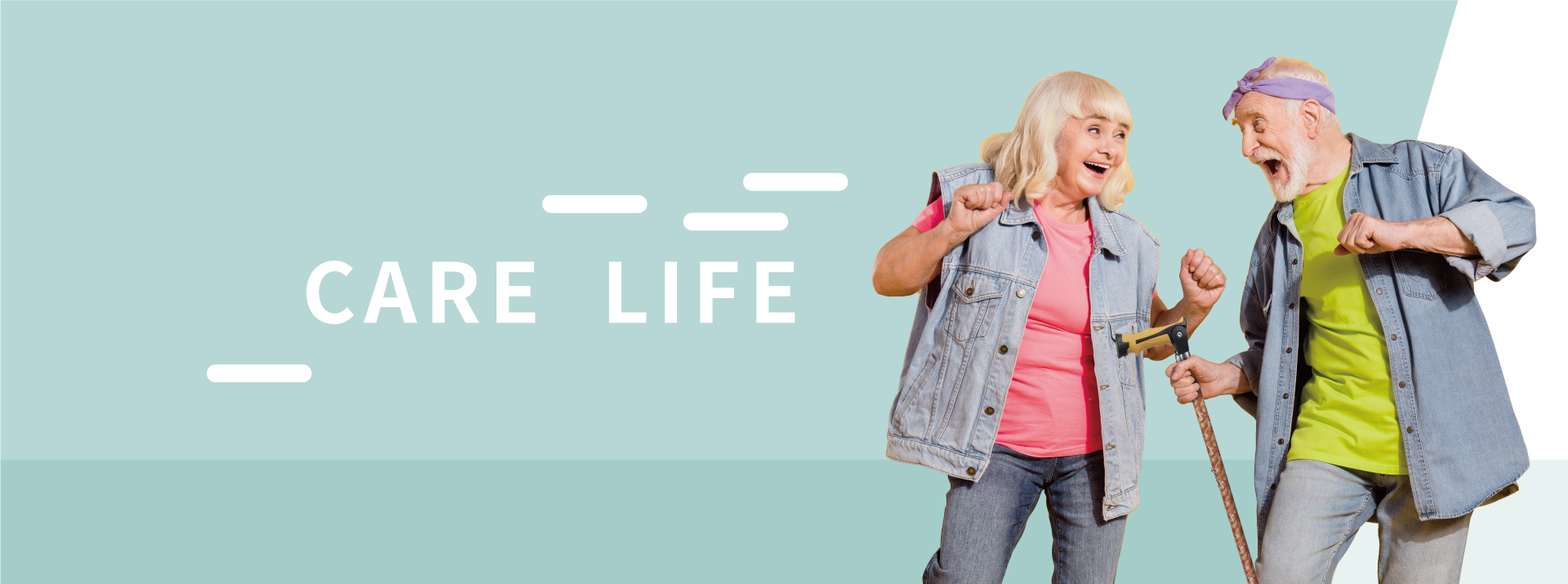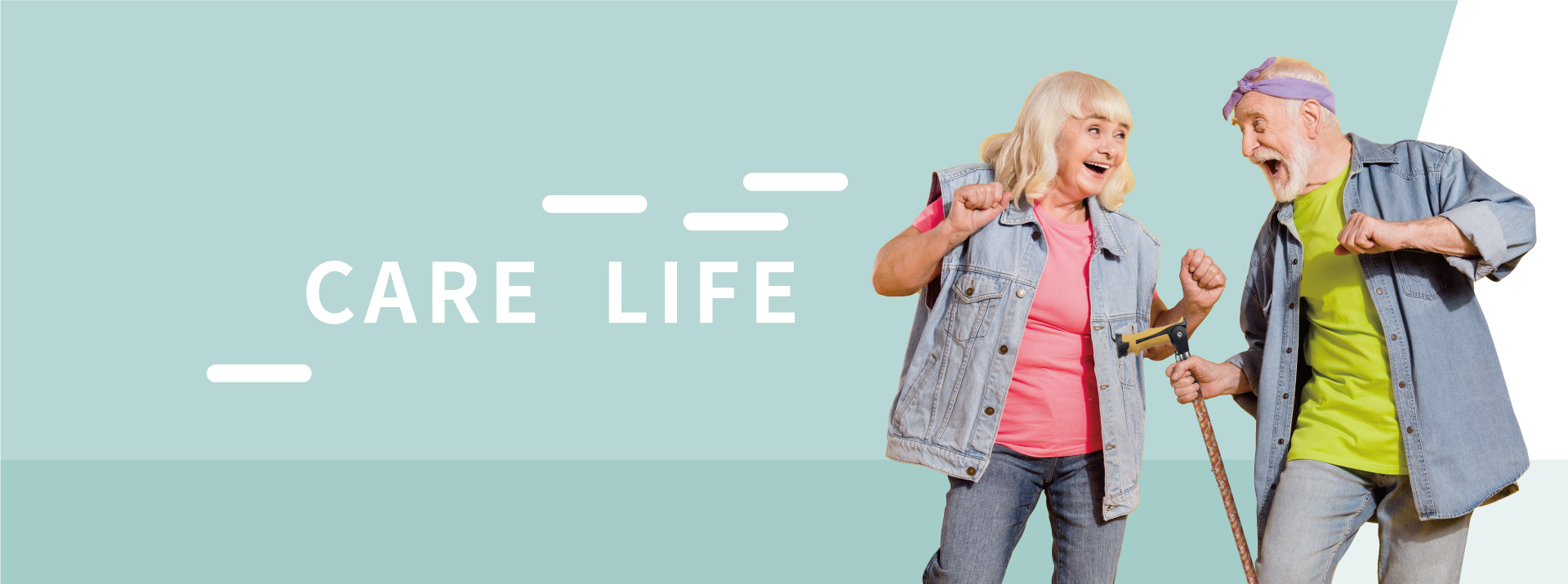



Bathroom Aids For The Elderly - 7 Tips for Improving Bathroom Safety
The bathroom can be an intimidating and dangerous place for seniors and those with disabilities. It is important to modify the bathroom to reduce the risk of something catastrophic happening. Hopefully, these 7 tips will help you get started on making your bathroom a safer place.
For seniors, the bathroom can be one of the most dangerous places in the home.
A study conducted by the CDC concluded that "For all ages, the most hazardous activities were bathing, showering, or getting out of the tub or shower. Approximately two-thirds of all injuries occurred in the tub or shower, and approximately half were precipitated by bathing or showering, slipping, or getting out of the tub or shower" While everyone should be careful in the bathroom, seniors have the highest risk of serious injury.
"For adults aged ≥65 years, falls often cause serious injuries, such as hip fractures, attributed in part to osteoporosis, a metabolic disease that makes bones porous and susceptible to fracture."
This is a scary thought and accidents can happen but luckily there are ways that you can improve bathroom safety and help reduce the risk of injuries in the bathroom.
Improve Accessibility. Be aware of what you or your loved one might need when they are in the bathroom. Make sure things like shampoo, soap, towels and other items are out and easy to reach. Check the ground and doorway for obstacles that might cause someone to trip and make sure there is a clear path from the entryway to the bath or shower.
Install Grab Rails. Grab rails are an important component to bathroom safety. They should be placed around problem areas such as the toilet, sink, bath, and shower. The rails will give the user the ability to hold themselves as they move around the bathroom.
Improve Lighting. Seniors will use the bathroom more often. It is likely that they will wake up in the middle of the night and have to go. Installing nightlights in the hallway and bathroom will help them navigate themselves to the bathroom. Consider installing lights that are motion activated.
Keep Water Off The Floor. Non-skid mats and other rubber mats can help keep you on your feet. Place one or two outside of the tub and one inside to make sure everywhere is covered.
Shower Chairs & Benches. Consider using a shower chair or bench to make bathing easier. not only will these will allow the user to sit comfortably while they bathe, they can also be used at the sink as extra support. Some chairs will swivel and pivot giving the user more flexibility around the tub. Another important consideration is padding. Padded chairs will help prevent slipping as well as skin tears.
Hot & Cold. Make sure all faucets have "Hot" and "Cold" clearly labeled. This will prevent accidental burns that could cause injury.
Have Someone Close By. Staying within earshot of someone while they are in the bathroom can greatly reduce the risk of injury. This will allow the user the call for assistance when they need it and also you will be nearby should something happen.
The bathroom can be an intimidating and dangerous place for seniors and those with disabilities. It is important to modify the bathroom to reduce the risk of something catastrophic happening. Hopefully, these 7 tips will help you get started on making your bathroom a safer place.
Bathroom Aids For The Elderly - 7 Tips for Improving Bathroom Safety
The bathroom can be an intimidating and dangerous place for seniors and those with disabilities. It is important to modify the bathroom to reduce the risk of something catastrophic happening. Hopefully, these 7 tips will help you get started on making your bathroom a safer place.
For seniors, the bathroom can be one of the most dangerous places in the home.
A study conducted by the CDC concluded that "For all ages, the most hazardous activities were bathing, showering, or getting out of the tub or shower. Approximately two-thirds of all injuries occurred in the tub or shower, and approximately half were precipitated by bathing or showering, slipping, or getting out of the tub or shower" While everyone should be careful in the bathroom, seniors have the highest risk of serious injury.
"For adults aged ≥65 years, falls often cause serious injuries, such as hip fractures, attributed in part to osteoporosis, a metabolic disease that makes bones porous and susceptible to fracture."
This is a scary thought and accidents can happen but luckily there are ways that you can improve bathroom safety and help reduce the risk of injuries in the bathroom.
Improve Accessibility. Be aware of what you or your loved one might need when they are in the bathroom. Make sure things like shampoo, soap, towels and other items are out and easy to reach. Check the ground and doorway for obstacles that might cause someone to trip and make sure there is a clear path from the entryway to the bath or shower.
Install Grab Rails. Grab rails are an important component to bathroom safety. They should be placed around problem areas such as the toilet, sink, bath, and shower. The rails will give the user the ability to hold themselves as they move around the bathroom.
Improve Lighting. Seniors will use the bathroom more often. It is likely that they will wake up in the middle of the night and have to go. Installing nightlights in the hallway and bathroom will help them navigate themselves to the bathroom. Consider installing lights that are motion activated.
Keep Water Off The Floor. Non-skid mats and other rubber mats can help keep you on your feet. Place one or two outside of the tub and one inside to make sure everywhere is covered.
Shower Chairs & Benches. Consider using a shower chair or bench to make bathing easier. not only will these will allow the user to sit comfortably while they bathe, they can also be used at the sink as extra support. Some chairs will swivel and pivot giving the user more flexibility around the tub. Another important consideration is padding. Padded chairs will help prevent slipping as well as skin tears.
Hot & Cold. Make sure all faucets have "Hot" and "Cold" clearly labeled. This will prevent accidental burns that could cause injury.
Have Someone Close By. Staying within earshot of someone while they are in the bathroom can greatly reduce the risk of injury. This will allow the user the call for assistance when they need it and also you will be nearby should something happen.
The bathroom can be an intimidating and dangerous place for seniors and those with disabilities. It is important to modify the bathroom to reduce the risk of something catastrophic happening. Hopefully, these 7 tips will help you get started on making your bathroom a safer place.